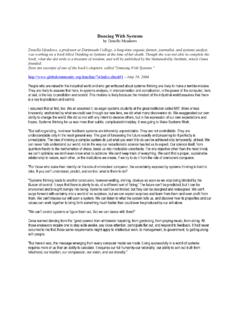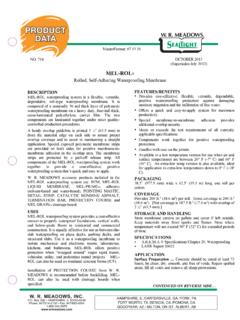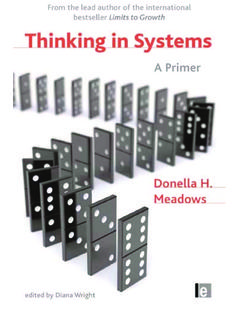Transcription of PROPER TIMING TO MOW NATIVE PLANT MEADOWS CAN …
1 PROPER TIMING to Mow MEADOWS Can protect pollinator habitat Kimberly A. Stoner The connecticut Agricultural Experiment Station ( ) FACT SHEET PROPER TIMING TO MOW NATIVE PLANT MEADOWS CAN protect pollinator habitat Dr. Kimberly A. Stoner Department of Entomology The connecticut Agricultural Experiment Station Late summer may be a popular time to mow, but to support bees, butterflies, and other pollinators, it is important to wait until after the first frost to mow NATIVE PLANT MEADOWS . Pollinators including bees, hummingbirds, butterflies, moths, beetles, flies and wasps are under threat in connecticut and around the world because of habitat loss, pesticides, climate change, and exposure to parasites and pathogens. One of the most effective actions to help pollinators is to create and maintain pollinator habitat .
2 More information on creating pollinator habitat is in the factsheet A Citizen s Guide to Creating pollinator habitat in connecticut . Pollinators use a diversity of flowering plants through the seasons, including trees and shrubs and agricultural cover crops through the spring and summer. But in the fall, many of the most important resources for pollinators are the NATIVE plants growing in MEADOWS , along roadsides, and in other natural areas. MEADOWS with goldenrod, Joe-pye-weed, New England aster, and many other NATIVE flowering plants support pollinators into September and even October, so it is important to wait until at least the first hard frost to mow these plants. In connecticut , that generally ranges from Oct. 1 to late October. Not all fields can be managed for pollinators. Many fields in connecticut are mown for hay. Harvesting a field for hay requires mowing at the best time for nutritional quality and storage often in mid-summer.
3 In fields with invasive plants, mowing before the plants set seed can be an effective tool for management, depending on the PLANT species. Repeated mowing during the growing season may also be necessary to control ragweed pollen, one of the main causes of allergic rhinitis, or hay fever. (Many people believe that goldenrod causes hay fever, but goldenrod and other insect-pollinated plants have large, heavy pollen grains that are not likely to travel in air. Most seasonal allergies are reactions to wind-borne pollens or to other triggers such as fungal spores.) Mowing can be a tool in establishing a NATIVE PLANT meadow . In newly planted MEADOWS , repeated mowing is recommended to favor the perennial desired plants over annual weeds, but can be greatly reduced after the first few years once the desired plants are dominant. Mowing is also part of a strategy for creating early successional PROPER TIMING to Mow MEADOWS Can protect pollinator habitat Kimberly A.
4 Stoner The connecticut Agricultural Experiment Station ( ) 2 habitat for wildlife, by keeping woody plants and shrubs from taking over. Mowing Practices to Help Pollinators In NATIVE PLANT MEADOWS managed for pollinators, the best practice is to mow after the first frost in the fall, or before PLANT growth begins in late winter or early spring. Another strategy is to mow only one-third to one-half the habitat each time on a rotational schedule. Mowing a path through a meadow can provide safe access for walking and observing pollinator and wildlife activity. Mow roadside vegetation as little as is needed for sight lines, safety, and management of invasive plants. Pollinators have a range of life cycles, with some traveling only a few hundred feet and others traveling miles to seek forage and habitat .
5 Even small areas of habitat can benefit some species. There are links to more information about pollinators and pollinator habitat at the pollinator Information page of the connecticut Agricultural Experiment Station website. September 2017 Dr. Kimberly A. Stoner The connecticut Agricultural Experiment Station Department of Entomology 123 Huntington Street, Box 1106 New Haven, CT, 06504 E-mail: Phone: (203) 974-8480 or Website: Bumble bees on goldenrod, a prime resource for pollinators in fall

















